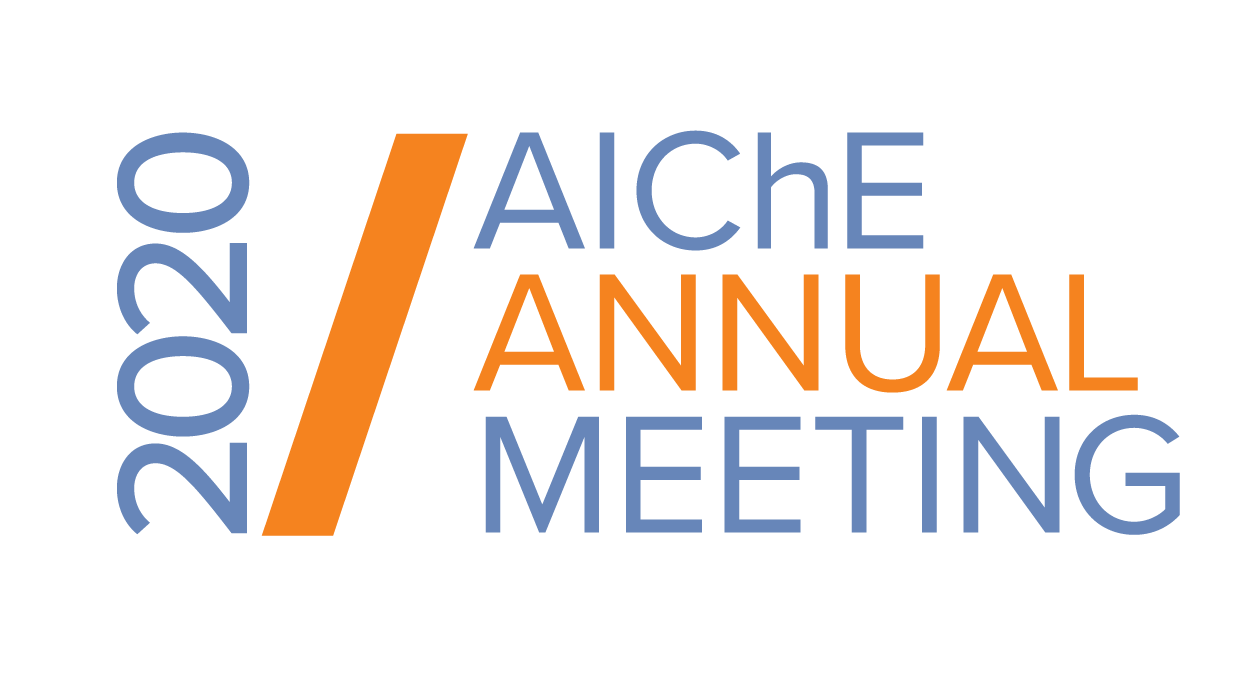

Towards the realization of these goals, we demonstrate the design and fabrication of fully autonomous state machines built onto a SU-8 particles powered by a p-n heterojunction of MoS2 and WSe2 operating as a photodiode. A 2D material circuit connects both a chemiresistor circuit element as a distinct MoS2 monolayer for the detection of VOCs or carbon particulates, as well as a memristor element placed in series consisting of a distinct MoS2 flake sandwiched between Au and Ag electrodes and protected from the environment by an hBN insulating monolayer. Colloidal state machines enable new functions, such as the detection and storage of information after aerosolization and hydrodynamic propulsion to targets over 0.6 m away. The systems are texted in a variety of constrained conduit environments and are also shown to enable large area surface detection of triethylamine, ammonia and aerosolized soot in otherwise inaccessible locations. An incorporated retroreflector design of the system allows for facile position location using laser-scanning optical detection. Such state machines, enabled by 2D nanoelectronics, may find widespread application as probes in confined environments such as the human digestive tract, oil and gas conduits, chemical and biosynthetic reactors, and as autonomous environmental sensors. Graphene and other 2D materials possess desirable mechanical, electrical and chemical properties for incorporation into or onto colloidal particles, potentially granting them unique electronic functions. However, this application has not yet been realized as conventional top-down lithography scales poorly for producing colloidal solutions. Herein, we developed an “autoperforation†technique that provides a means of spontaneous assembly for surfaces comprised of 2D molecular scaffolds. Chemical vapor deposited 2D sheets can autoperforate into circular envelopes when sandwiching a micro-printed polymer composite disk of nanoparticle ink, allowing lift-off into solution and the simultaneous assembly. The resulting colloidal microparticles have two independently addressable, external Janus faces that we show can function as an intraparticle array of vertically-aligned, two-terminal electronic devices. Such particles demonstrate remarkable chemical and mechanical stability and form the basis of particulate electronic devices capable of collecting and storing information of their surroundings, extending nanoelectronics into previously inaccessible environments including biological systems. This presentation will frame these advances in the context of accomplishing this larger vision of colloidal state machines.
